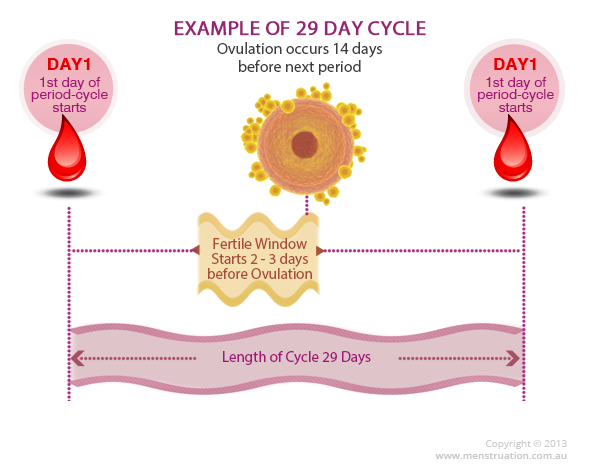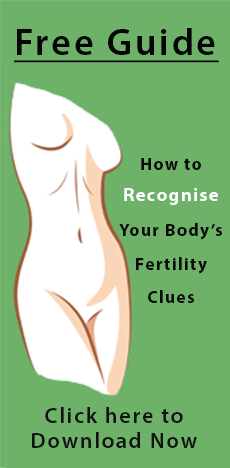Knowing your own body and being able to tell when you are fertile / ovulating is an important skill and one that every woman should have.
The fact is, there are only certain times in a woman’s cycle when she is fertile or ovulating and can get pregnant. So it pays off to know when those times are. Download our Free Guide “How to Recognise your Fertility Clues” to learn this straightforward skill.
Your body will give you clear clues and signals as to when fertility is approaching and occurring.
A brief note, this system of observing fertility changes has nothing to do with the rhythm method. The rhythm method does not use bodily signals and is often very unreliable due to factors like the ignorance of the natal lunar phase, sickness, stress etc. If you are simply counting days and guessing when you should be fertile, this could be slowing down your bid to conceive.
A woman is fertile when she is ovulating and ovulation usually occurs mid cycle. In fact, ovulation almost always occurs 14 days before the next bleed. Sometimes women do experience a longer or shorter post ovulatory phase (than 14 days) but this usually indicates that there is a hormonal imbalance.
Ovulation occurs 14 days before next bleed this is the rule. And the fertile window can start a few days before that. See diagram

Click on the diagram above to opena larger, clearer Picture
Spontaneous ovulation can also occur during your natal lunar phase.
The table below provides a rough description of the very real physical and emotional symptoms that you can observe throughout your menstrual cycle. It is a brief guide that I have put together from my own observation.
These are some of the signals that you can observe and note down on your Personal Charting System. The time frame is very approximate, so don’t worry if your cycle is not the same – everyone is individual.
|
Week 1
From first day of bleeding
|
Bleeding and the various symptoms felt during this part of the cycle varies with the individual, ranging from, cramping, back ache, hollow feeling inside vagina or the sensation that your innards will fall out to no ill effects at all.
At the post bleeding phase there is generally an increase in physical energy and vitality.
The individual is more outgoing and sociable. Sleep patterns and appetite return to normal.
Vaginal mucus is dry or absent .
|
|
Week 2
|
As ovulation approaches cervical mucus become wetter, slippery, white (whatever is your individual pattern.)
|
|
Ovulation
Day 14 approximately
|
Mucus is very wet and slippery, easily allowing penetration of sperm. Other symptoms may include tender breasts, mood swings, increase in libido, cramps, break through bleeding, desire to be with your partner.
|
|
Week 3
After Ovulation moving into pre-menstrual phase
|
Mucus production slows, becomes drier and thicker . Moods balance out again. |
|
Week 4
Pre-menstrual phase
|
Pre-menstrual symptoms kick in, which depending upon you, range from bloating, cramps, headaches, mood swings, food cravings, and insomnia. Energy levels decrease, libido may increase. Desire for solitude increases as does intuitive ability. |
The table above is not the definitive guide, and each cycle may not be the same, it all depends on how you are and what’s going on in your life.
When you observe your body you will start to see a very clear pattern of what happens in your body during your menstrual cycle.
The main fertility indicators to look for are:
- Cervical mucus
- Bodily symptoms – that is moods, aches, libido, appetite, sleep patterns
- Basal Temperature


